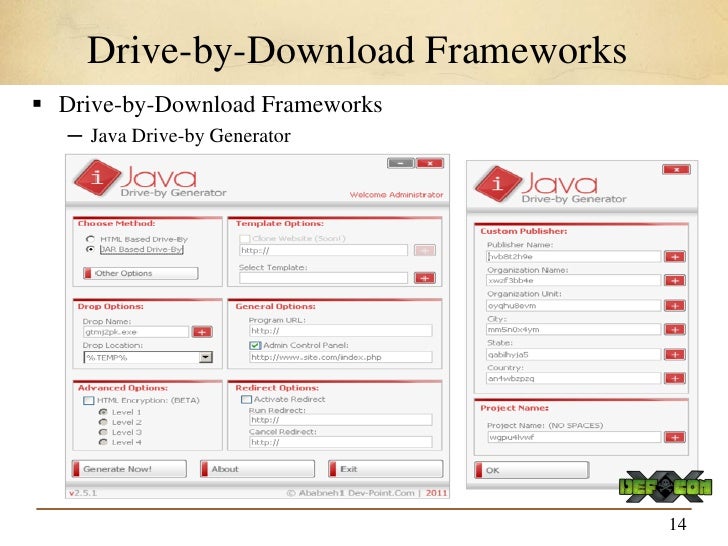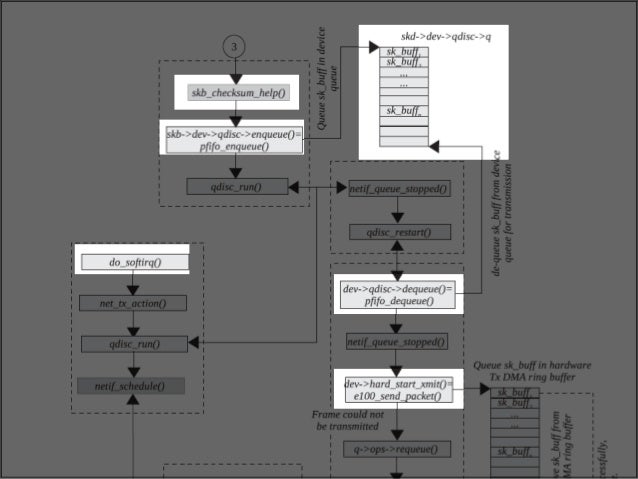Dev_broadcast_deviceinterface C
- PDevBroadcastHdr = ^DEV_BROADCAST_HDR;
- dbch_size: DWORD;
- dbch_reserved: DWORD;
- PDevBroadcastDeviceInterface = ^DEV_BROADCAST_DEVICEINTERFACE;
- dbcc_size: DWORD;
- dbcc_reserved: DWORD;
- dbcc_name: short;
- GUID_DEVINTERFACE_USB_DEVICE: TGUID = '{A5DCBF10-6530-11D2-901F-00C04FB951ED}';
- DBT_DEVICEARRIVAL = $8000; // system detected a new device
- DBT_DEVICEREMOVECOMPLETE = $8004; // device is gone
- DBT_DEVTYP_DEVICEINTERFACE = $00000005; // device interface class
- //..
- private
- procedure WMDeviceChange(var Msg: TMessage); message WM_DEVICECHANGE;
- //..
- implementation
- procedure TForm1.WMDeviceChange(var Msg: TMessage);
- devType: Integer;
- begin
- if (Msg.wParam = DBT_DEVICEARRIVAL) or (Msg.wParam = DBT_DEVICEREMOVECOMPLETE) then
- Datos := PDevBroadcastHdr(Msg.lParam);
- if devType = DBT_DEVTYP_DEVICEINTERFACE then
- if Msg.wParam = DBT_DEVICEARRIVAL then
- // Усройство подключено
- else
- // Усройство отключено
- end;
- end;
- procedure TForm1.OnCreate({..}); //!!!!!!!!!!!!!
- dbi: DEV_BROADCAST_DEVICEINTERFACE;
- r: Pointer;
- Result := False;
- ZeroMemory(@dbi, Size);
- dbi.dbcc_devicetype := DBT_DEVTYP_DEVICEINTERFACE;
- dbi.dbcc_classguid := GUID_DEVINTERFACE_USB_DEVICE;
- r := RegisterDeviceNotification(Form1.Handle, @dbi, DEVICE_NOTIFY_WINDOW_HANDLE);
- ShowMessage('Error Register Message')

Dev_broadcast_deviceinterface C M

Dev_broadcast_deviceinterface C T
|
Dev Broadcast Deviceinterface
C# (CSharp) DEVBROADCASTDEVICEINTERFACE - 25 examples found. These are the top rated real world C# (CSharp) examples of DEVBROADCASTDEVICEINTERFACE extracted from open source projects. You can rate examples to help us improve the quality of examples. Contains information about a modem, serial, or parallel port. Specifies that the caller is a window and the DEVBROADCASTDEVICEINTERFACE data structure defines the size of this structure, device type DBTDEVTYPDEVICEINTERFACE, the name of the devices and the interface device Globally Unique Identifier (GUID), GuidInterfaceList which are explained in section 2.2. Xpand 2 vst download mac. DEVBROADCASTDEVICEINTERFACEA Structure (Microsoft.DirectX.PrivateImplementationDetails); 2 minutes to read; In this article. Allows the managed application programming interface (API) to have access to the unmanaged portions of the Microsoft DirectX API. WMDEVICECHANGE & DEVBROADCASTDEVICEINTERFACE: Which? - posted in Ask for Help: Not really an AHK question per se, but I am using the results in a AHK scriptI am monitoring a devices addition/removal. I'm trying to use ctypes to register for device notifications but cannot seem to get it to work. Has anyone had success with this? When I call into RegisterDeviceNotificationW I always seem to get a handle of 0 back.